Pollinators are the unsung heroes of our gardens. Bees, butterflies, hummingbirds, moths, and even beetles play a crucial role in fertilizing plants, ensuring fruit and seed production, and maintaining healthy ecosystems. Yet, in many urban and suburban areas, pollinator populations are declining due to habitat loss, pesticide use, and climate change. One way gardeners can contribute to reversing this trend is by creating pollinator-friendly flower beds.
These flower beds don’t just beautify your garden; they also serve as vital feeding stations and habitats that sustain pollinators throughout the seasons. With thoughtful design, you can transform your space into a thriving sanctuary that supports biodiversity while offering vibrant colors and fragrances.
This article explores why pollinator-friendly designs matter, the principles behind them, plant recommendations, layout ideas, and practical care tips.
Why Pollinator-Friendly Flower Beds Matter
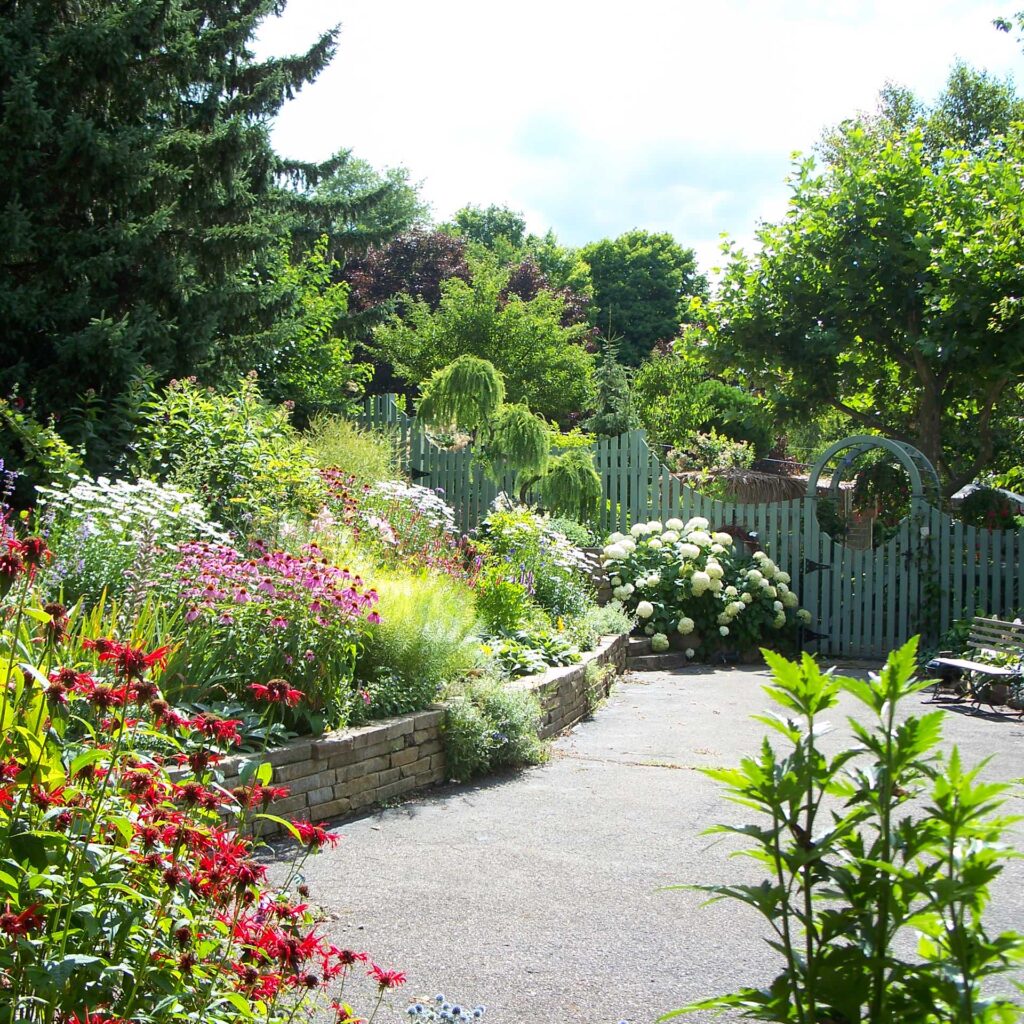
1. Supporting Biodiversity
Pollinators are essential to over 75% of flowering plants, including many crops. A garden designed for pollinators ensures these creatures continue their vital work while enriching the surrounding ecosystem.
2. Boosting Garden Productivity
By inviting pollinators, your vegetables, fruit trees, and herbs will benefit from increased pollination, leading to better yields.
3. Restoring Balance
Pollinator gardens reduce reliance on synthetic fertilizers and pesticides, encouraging natural plant reproduction and pest control.
4. Educational and Inspirational
Watching pollinators at work can be a source of joy, mindfulness, and learning, especially for children.
Principles of Pollinator-Friendly Flower Bed Design
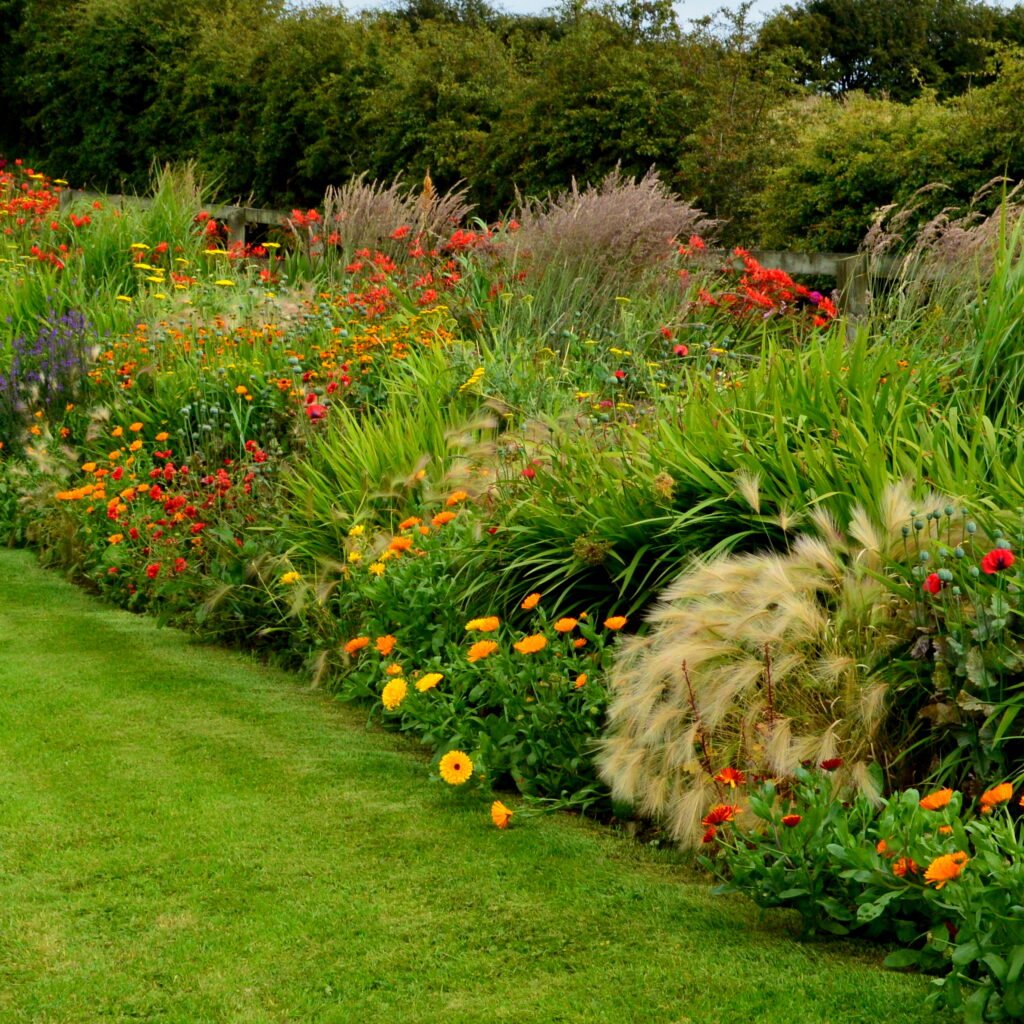
Creating a space for pollinators involves more than just planting pretty flowers. It requires intentional design choices:
1. Diversity of Plants
Include a mix of plant types—annuals, perennials, shrubs, and vines. Diversity ensures continuous blooms and a variety of nectar and pollen sources.
2. Continuous Bloom Cycle
Choose plants that flower in succession throughout the year—early spring, summer, and late fall—so pollinators always find food.
3. Native Plant Preference
Native flowers are best suited to local pollinators, offering nectar and pollen they have co-evolved to rely on.
4. Mass Planting
Pollinators are more likely to visit large clusters of the same flower type rather than scattered individuals. Grouping flowers makes feeding efficient.
5. Layered Structure
Design beds with tall plants at the back, medium plants in the middle, and low growers at the front. This layering provides shelter as well as food.
6. Avoid Pesticides
Chemical sprays harm pollinators. Opt for organic pest management methods like companion planting or neem oil instead.
Best Flowers for Pollinator-Friendly Beds
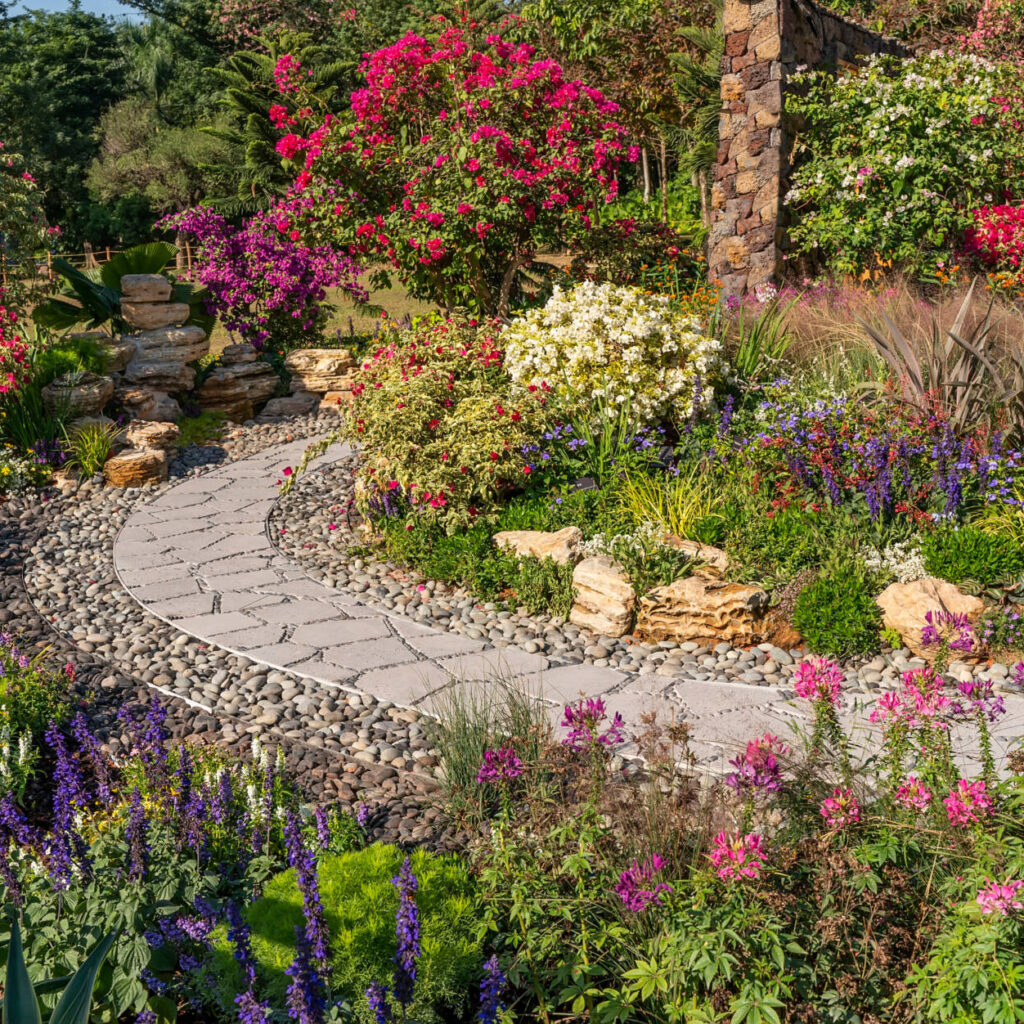
The key is to combine nectar-rich and pollen-rich plants. Below are suggestions by category:
1. Spring Bloomers
- Crocus: Early nectar for awakening bees.
- Bluebells: Shade-tolerant and attractive to bumblebees.
- Lupines: Tall spikes loved by hummingbirds and bees.
2. Summer Bloomers
- Echinacea (Coneflower): Vibrant blooms that attract butterflies and bees.
- Lavender: Aromatic and a magnet for bees.
- Sunflowers: Provide nectar, pollen, and later seeds for birds.
- Zinnias: Bright colors for butterflies and hummingbirds.
3. Fall Bloomers
- Asters: Provide nectar when most plants are fading.
- Goldenrod: A late-season essential for bees and butterflies.
- Sedum (Autumn Joy): Pollinator favorite with rich nectar.
4. Herbs That Double as Pollinator Plants
- Thyme: Tiny flowers loved by bees.
- Basil (flowering): Provides nectar in summer.
- Mint and Oregano: Abundant blooms with strong scents that attract pollinators.
5. Climbers and Shrubs
- Clematis: Excellent climbing flowers for walls and fences.
- Butterfly Bush (Buddleia): True to its name, irresistible to butterflies.
- Roses (single-petaled varieties): Provide accessible nectar for bees.
Designing Pollinator-Friendly Flower Beds
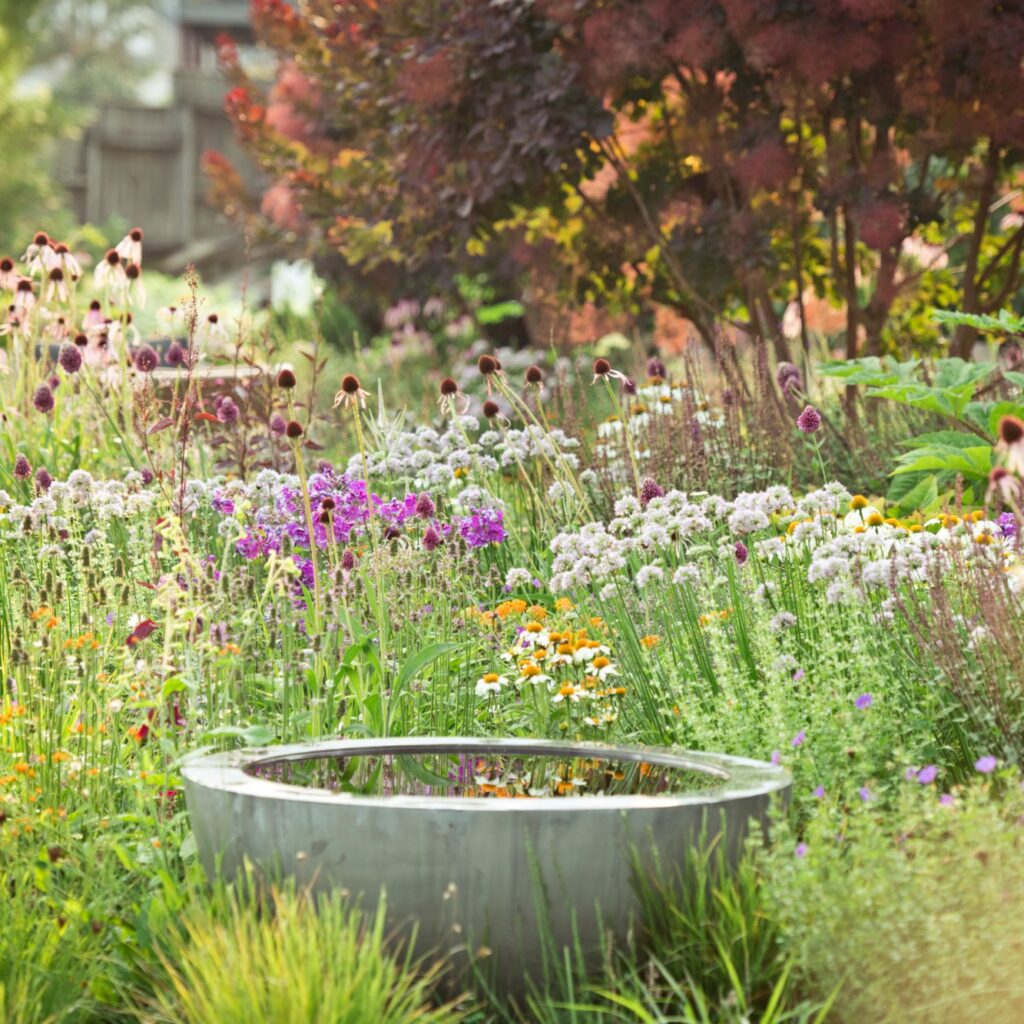
A flower bed for pollinators can be both functional and beautiful. Here are some design ideas:
1. Color-Themed Beds
Pollinators are attracted to certain colors:
- Bees: Prefer blue, purple, and yellow.
- Butterflies: Love bright red, pink, and orange.
- Hummingbirds: Seek out red and tubular flowers.
Designing with color clusters ensures attraction and visual harmony.
2. Shape and Structure
Flowers with tubular shapes suit hummingbirds and butterflies, while open, flat flowers help bees land easily. Include both for diversity.
3. Pathways and Accessibility
Create pathways that allow you to enjoy the flower beds without disturbing pollinators. Raised borders or circular layouts make observation easy.
4. Water Features
A shallow dish with stones or a birdbath gives pollinators a water source. Bees especially need safe landing spots while drinking.
5. Shelter Zones
Incorporate grasses, shrubs, or small logs in or near your flower beds. These provide nesting and resting spots for pollinators.
Example Layout: Pollinator Bed for Small Gardens
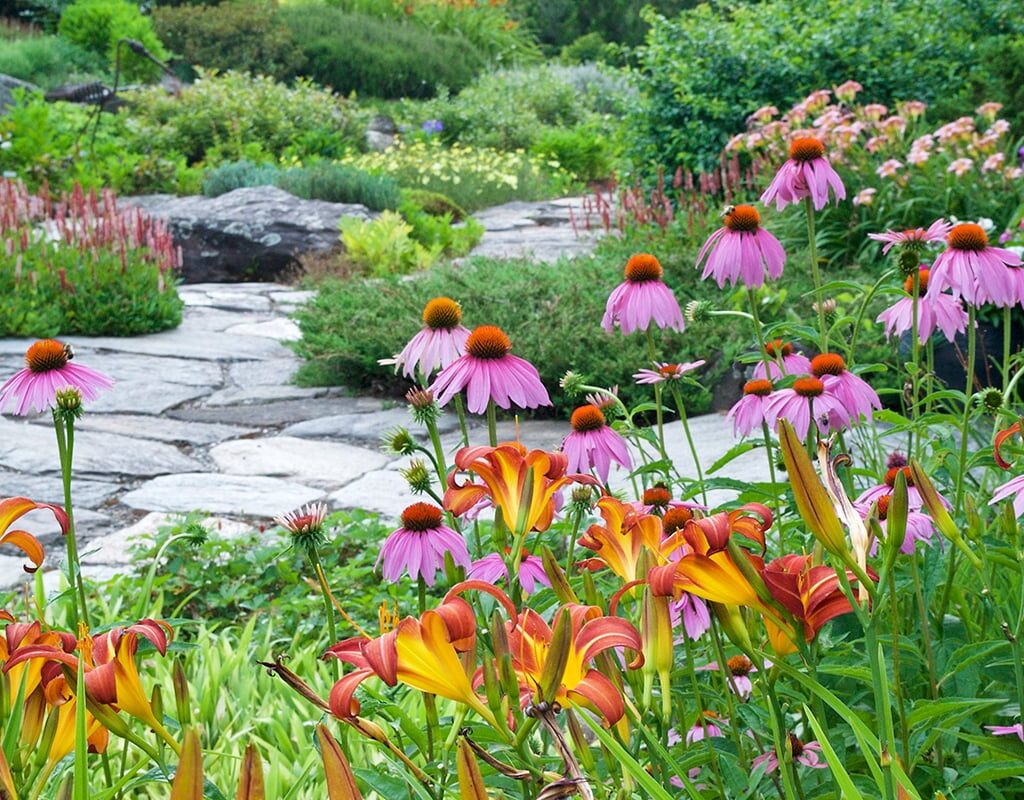
- Back row (tall plants): Sunflowers, hollyhocks, or butterfly bush.
- Middle row (medium plants): Lavender, coneflowers, salvias.
- Front row (low growers): Thyme, marigolds, creeping phlox.
- Edging: Herbs like oregano and creeping rosemary.
- Feature: A shallow water dish with pebbles in the corner.
This design creates continuous bloom, varied nectar sources, and layered beauty.
Maintenance Tips for Pollinator-Friendly Beds
- Deadheading and Pruning
Encourages new blooms and extends nectar availability. - Regular Watering
Flowers need consistent moisture, but avoid overwatering herbs that prefer drier soil. - Fertilization
Use organic compost or slow-release fertilizer to support blooms without harming pollinators. - Leave Some Wildness
Don’t over-manicure. Let some seed heads, leaves, or stalks remain for nesting and overwintering. - Seasonal Replanting
Replace annuals seasonally to ensure a steady cycle of blooms.
Creative Themes for Pollinator Flower Beds
- Butterfly Paradise: Plant milkweed, zinnias, verbena, and butterfly bush.
- Bee Haven: Focus on lavender, thyme, sunflowers, and borage.
- Hummingbird Corner: Fill with red salvia, trumpet vine, and petunias.
- Four-Season Bed: Combine bulbs, perennials, and annuals for blooms across all seasons.
Beyond the Garden: Bigger Impact
When you design pollinator-friendly beds, you’re not just beautifying your space—you’re also:
- Supporting sustainable agriculture by boosting pollinator survival.
- Encouraging neighbors and communities to adopt eco-friendly gardening.
- Helping balance local ecosystems.
Conclusion
Pollinator-friendly flower bed designs blend artistry with ecological purpose. They bring color, fragrance, and life to compact and large gardens alike, while offering food and habitat for pollinators that sustain our environment. By choosing diverse plants, planning layered designs, and maintaining natural care practices, you can turn your garden into a buzzing, fluttering haven.
In return, pollinators will reward you with healthier plants, abundant harvests, and a vibrant, living garden that connects beauty with purpose. With each thoughtful flower bed, we take a small but significant step toward preserving the delicate balance of nature.

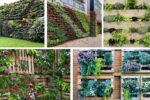
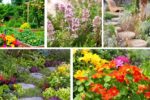

Leave A Comment